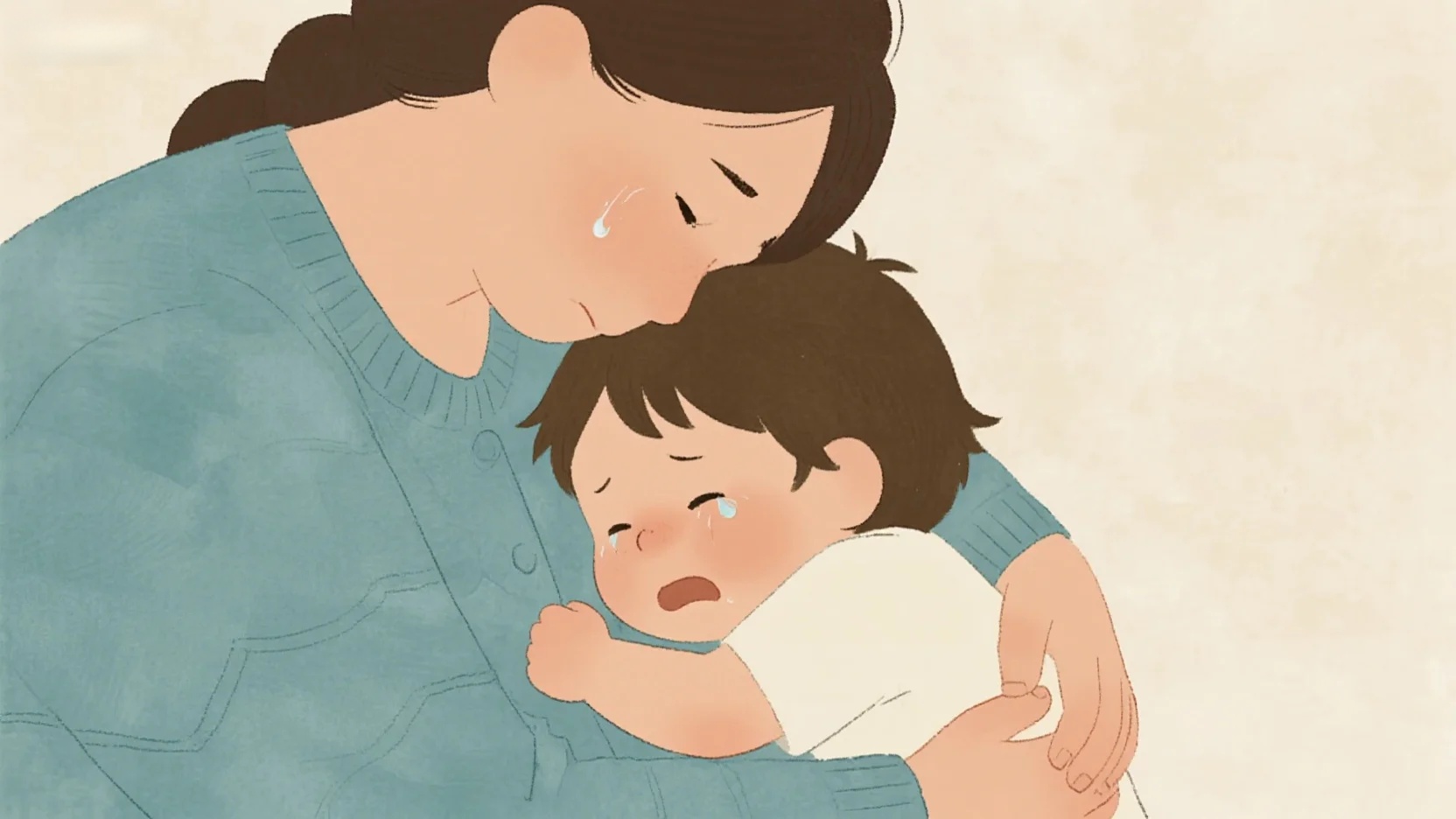Temper tantrums can leave you questioning your parenting skills, but they’re a normal part of childhood development. Here’s what causes them and how to handle them effectively.
Why Do Tantrums Happen?
Tantrums stem from frustration—often because a child can’t express their needs or control their emotions.
- Ages 1–2: Tantrums usually arise from an inability to communicate basic needs (hunger, discomfort, or wanting a toy).
- Preschoolers: Even with growing language skills, emotional regulation is still developing. A minor frustration (like struggling to tie shoes) can trigger a meltdown.
- Independence vs. Limits: Kids crave autonomy but get upset when they can’t do something alone.
Remember: Tantrums don’t reflect bad parenting. They’re how children learn to cope with big emotions.
How to Handle Tantrums
There’s no one-size-fits-all solution, but these strategies help:
- Ignore Minor Tantrums
- If your child is safe, briefly step back. Avoid reinforcing the behavior with attention.
- Stop Aggression Immediately
- For hitting, kicking, or throwing, intervene firmly. Use a time-out or remove privileges if needed.
- Stay Calm
- Yelling escalates the situation. Model self-control—your child learns from you.
- Let Them Express Emotions
- Sometimes, kids need to cry it out. Validate their feelings without giving in to demands.
- Pick Your Battles
- Occasionally, compromise (e.g., playing their favorite song again) prevents bigger meltdowns.
- Use Simple Directives
- Short, clear instructions (“Hold my hand”) work better than lengthy explanations.
- Offer a Hug
- A firm (not permissive) hug can help a child feel secure and calm down.
- Help Them Problem-Solve
- If frustration triggers the tantrum (e.g., failing at a task), gently guide them (“Let’s try together”).
- Handle Public Tantrums Gracefully
- Move to a quiet space (a restroom or car). Stay calm and wait it out. If needed, leave the situation.
Final Thought: Consistency and patience are key. Over time, your child will learn healthier ways to cope—and you’ll both feel more in control.








